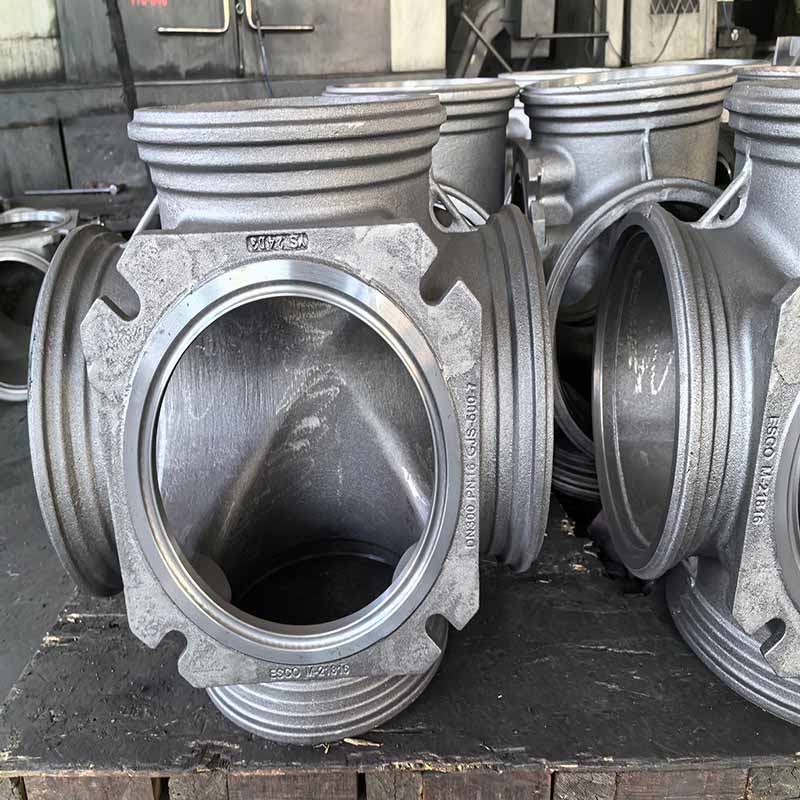Manufacturing and Fundamentals of Large Gray Iron Machine Tool Castings
2025-08-19
Large cast iron machine tool castings are typically manufactured using the sand casting process, with common material grades being EN-GJL-250 and EN-GJL-300 as specified in the European standard EN 1561.
Advantages of gray cast iron for large machine tool castings include:
-
Excellent Vibration Damping
Gray cast iron exhibits superior vibration damping capacity, effectively minimizing operational vibrations and reducing noise during machine functioning. -
Enhanced Lubricity
The microporous structure of gray iron can retain lubricating oil more effectively, while the free graphite within its matrix provides inherent self-lubricating properties. This contributes to improved wear performance and smoother operation of machine tool beds. -
Superior Corrosion Resistance
Gray cast iron offers better corrosion resistance compared to steel, contributing to long-term dimensional stability and prolonged accuracy of machine tools. -
High Compressive Strength
The compressive strength of gray cast iron is comparable to that of steel, making it fully capable of meeting the mechanical requirements for heavy-duty applications. -
Excellent Castability
Gray cast iron demonstrates outstanding fluidity and shrinkage characteristics during solidification, allowing it to be cast into intricate and complex geometries with relative ease. -
Cost-Effectiveness
Compared to many alternative metallic materials, gray cast iron provides a favorable balance between performance and cost, making it an economically viable option for large-scale castings.




